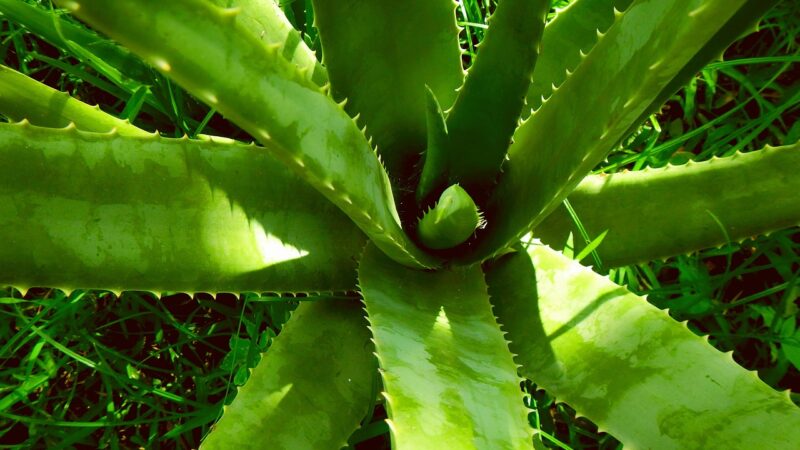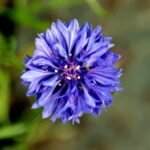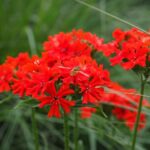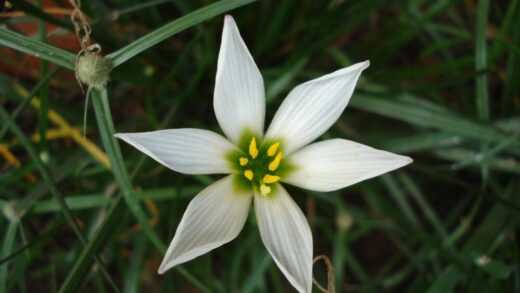The diseases and pests of aloe vera

Despite its reputation as a hardy and low-maintenance plant, Aloe vera is not immune to its share of diseases and pests. These issues, while often preventable, can cause significant damage and even lead to the demise of the plant if not addressed in a timely and effective manner. Understanding the common culprits that can afflict your Aloe vera is the first step in ensuring its long-term health and vitality. Most problems arise from improper care, particularly overwatering, which creates a favorable environment for fungal diseases and root rot. By providing the right growing conditions, including well-draining soil, adequate sunlight, and proper watering techniques, you can significantly reduce the risk of your plant falling victim to these ailments.
Fungal diseases are among the most common problems that affect Aloe vera. These are often characterized by spots on the leaves, which can vary in color from brown to black. Powdery mildew, another fungal issue, appears as a white, powdery coating on the surface of the leaves. These diseases thrive in humid conditions with poor air circulation, so providing good airflow around your plant is a key preventative measure. If you do notice signs of a fungal infection, it is important to act quickly to prevent it from spreading.
Pests can also be a nuisance for Aloe vera growers. While they are less common on indoor plants, they can still find their way to your succulent. Common pests include mealybugs, scale insects, and spider mites. These pests feed on the sap of the plant, which can weaken it and cause stunted growth, yellowing leaves, and in severe cases, the death of the plant. Regular inspection of your plant can help you catch an infestation early, making it much easier to control.
The good news is that most diseases and pests that affect Aloe vera can be managed with simple, often organic, methods. From adjusting your watering habits to using natural insecticides, there are many ways to combat these problems without resorting to harsh chemicals. By being a vigilant and proactive caretaker, you can protect your Aloe vera from these common threats and enjoy its beauty and benefits for many years.
Fungal and bacterial diseases
One of the most prevalent diseases affecting Aloe vera is root rot, which is caused by a variety of fungi that thrive in waterlogged soil. The symptoms of root rot are often not visible until the disease is well advanced. You may notice that the leaves are turning yellow or brown and becoming soft and mushy, starting from the base of the plant. The plant may also appear wilted, even if the soil is moist. If you suspect root rot, you must act immediately. Remove the plant from the pot, trim away all the affected roots, and repot it in fresh, dry, sterile soil.
More articles on this topic
Leaf spot diseases are another common fungal issue. These can be caused by various fungi and typically appear as dark, water-soaked spots on the leaves. The spots may enlarge over time and can develop a target-like pattern. To manage leaf spot diseases, it is important to improve air circulation around the plant and to avoid getting the leaves wet when you water. Remove and destroy any infected leaves to prevent the disease from spreading. In severe cases, a fungicide may be necessary.
Basal stem rot is a particularly destructive disease that affects the base of the Aloe vera plant. It is caused by a fungus that attacks the stem at the soil line, causing it to become soft, brown, and mushy. The plant will eventually collapse and die. This disease is almost always a result of overwatering and poorly draining soil. Unfortunately, once basal stem rot has taken hold, the plant is usually beyond saving. The best course of action is to take healthy leaf cuttings or pups to propagate new plants.
Bacterial soft rot is another disease that can affect Aloe vera, causing a rapid, watery decay of the tissues. It is often accompanied by a foul odor. This disease can enter the plant through wounds, so it is important to handle your Aloe vera carefully to avoid causing any damage. As with fungal rots, bacterial soft rot is favored by wet conditions. There is no chemical cure for this disease, so prevention is key. Ensure proper watering and good drainage to minimize the risk.
Common pests and their control
Mealybugs are one of the most common pests of Aloe vera. These small, soft-bodied insects are covered in a white, waxy, cotton-like substance that protects them. They tend to cluster in the crevices of the plant, such as at the base of the leaves and in the central rosette. Mealybugs feed on the plant’s sap, which can cause stunted growth and yellowing leaves. To control a small infestation, you can dab the mealybugs with a cotton swab dipped in rubbing alcohol. For larger infestations, you may need to spray the plant with an insecticidal soap or neem oil.
More articles on this topic
Scale insects are another type of sap-sucking pest that can infest Aloe vera. They appear as small, hard, shell-like bumps on the leaves and stems. There are many different types of scale, but they all cause similar damage, weakening the plant and sometimes causing leaf drop. Like mealybugs, scale insects can be removed manually with a cotton swab and rubbing alcohol. You can also use a soft brush to gently scrub them off the leaves. Horticultural oils, such as neem oil, are also effective against scale.
Spider mites are tiny arachnids that can be difficult to see with the naked eye. The first sign of an infestation is often the fine webbing they create on the plant, particularly between the leaves. They also cause stippling on the leaves, which appears as small yellow or white dots. Spider mites thrive in hot, dry conditions. To control them, you can increase the humidity around the plant by misting it regularly. You can also wash the plant with a strong stream of water to dislodge the mites. Insecticidal soaps and horticultural oils are also effective treatments.
Aloe mites are a less common but more serious pest. These microscopic mites cause distorted, tumor-like growths on the leaves and flowers of the plant. This condition is often referred to as aloe cancer or gall. Unfortunately, there is no effective treatment for aloe mites. The best course of action is to destroy the infected plant to prevent the mites from spreading to other aloes. It is very important to carefully inspect any new aloe plants before bringing them into your home or garden to avoid introducing these destructive pests.
Preventing diseases and pests
The best defense against diseases and pests is a healthy, well-cared-for plant. A strong, vigorous Aloe vera is much more resistant to problems than a stressed or weakened one. The foundation of good health for an Aloe vera is proper watering. As has been emphasized, overwatering is the leading cause of many of the most serious diseases, particularly root rot. Always allow the soil to dry out completely before watering again.
Providing the right growing conditions is also crucial. Aloe vera needs bright, indirect sunlight to thrive. A lack of light can weaken the plant and make it more susceptible to pests and diseases. Well-draining soil is non-negotiable. A mix specifically formulated for cacti and succulents is ideal. Good air circulation is also important, especially for preventing fungal diseases. If you are growing your plant indoors, avoid placing it in a stuffy or humid room.
Regularly inspecting your plant is a simple but effective preventative measure. At least once a week, take a close look at the leaves, stem, and soil of your Aloe vera. Check for any signs of discoloration, spots, or pests. Pay close attention to the nooks and crannies where pests like to hide. Catching a problem early makes it much easier to treat and can prevent it from becoming a major issue.
When you bring a new plant home, it is a good practice to quarantine it for a few weeks before placing it near your other plants. This will give you time to observe it for any signs of pests or diseases that may have been present at the time of purchase. By taking these preventative steps, you can greatly reduce the likelihood of your Aloe vera encountering any serious health problems.
Organic and chemical treatment options
When you do encounter a pest or disease problem, there are a variety of treatment options available, ranging from simple organic remedies to more potent chemical solutions. Whenever possible, it is best to start with the least toxic method first. For many common pests, such as mealybugs and spider mites, a strong spray of water from a hose or shower can be enough to dislodge them. Wiping the pests off with a cloth or cotton swab dipped in rubbing alcohol is also an effective manual control method.
Insecticidal soaps are a good next step for more persistent pest infestations. These soaps are specially formulated to kill soft-bodied insects on contact without harming the plant. They work by disrupting the insect’s cell membranes. Neem oil is another excellent organic option. It is a natural insecticide and fungicide that can be used to control a wide range of pests and diseases. It works as a repellent, a growth regulator, and an anti-feedant.
If organic methods are not effective, or if you are dealing with a severe infestation or disease, you may need to consider using chemical pesticides or fungicides. When using these products, it is extremely important to read and follow the label instructions carefully. Be sure to use a product that is specifically labeled for use on houseplants or succulents. Apply the product in a well-ventilated area and wear protective clothing, such as gloves and a mask.
It is important to remember that chemical treatments should be a last resort. They can be harmful to beneficial insects, pets, and humans if not used properly. In many cases, a combination of good cultural practices and organic treatments is enough to keep your Aloe vera healthy and pest-free. By being patient and persistent, you can successfully manage most common problems without resorting to harsh chemicals.

















